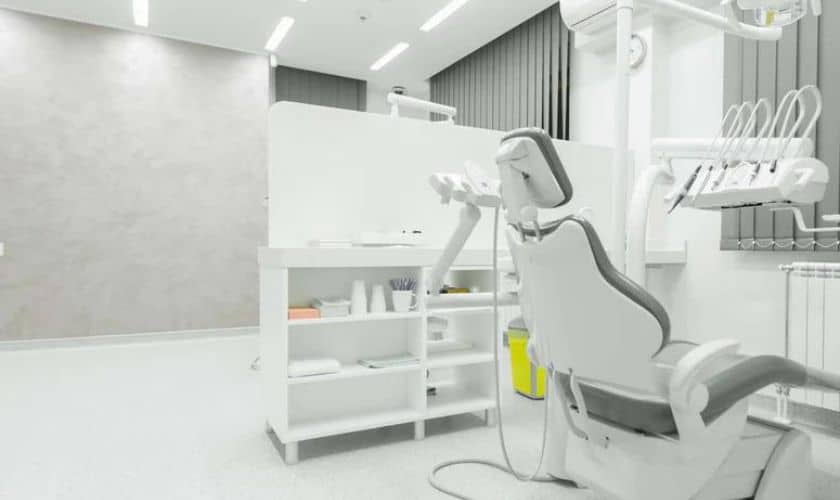
Top Lighting Advice for Dental Surgery
When it comes to lighting a dental surgery, the right choice is essential. Not only does it need to be bright enough to allow dentists and hygienists to carry out their work accurately and safely, but it also needs to provide a comfortable environment that patients can relax in. Here’s some advice on how to get the perfect lighting for your dental surgery.
Ambient Lighting
When considering lighting for your dental surgery, ambient lighting should always be your starting point. This kind of lighting is diffused throughout the space, and its purpose is both practical and aesthetic. If you choose good quality ambient lighting, you will create an atmosphere that’s pleasant to work in and attractive to look at. This could be anything from recessed lights in the ceiling or wall sconces along the walls.
Task Lighting
Once you have chosen your ambient light fixtures, you can move on to task lighting. Task lighting provides a focused source of illumination which is ideal for carrying out detailed tasks like working on patients’ teeth or filling cavities. It should be positioned above or beside the patient’s chair so that it doesn’t interfere with the dentist’s line of sight when they are carrying out their work. Additionally, having directional task lights will reduce shadows cast by any overhead ambient lights while providing even illumination across the entire workspace.
Accent Lighting
Finally, accent lighting is a great way to add extra visual interest to your dental surgery. Accent lights can really help set the mood in any room by adding subtle touches such as highlighting artwork or architectural features like columns or moldings. In addition, these lights can also focus attention on important areas like reception desks or waiting rooms – helping patients feel more relaxed and less intimidated when entering your practice.
Conclusion
Overall, choosing the right kind of lighting for your dental surgery is essential for creating an efficient workspace as well as creating a comfortable environment for your patients. Ambient lighting helps set an inviting atmosphere; task lighting focuses attention on specific areas; and accent lights add visual interest and focus attention on important areas within the practice itself. With all three types of lighting working together harmoniously, you can be sure that you’ll have just what you need to make your dental practice stand out from all others!
Proper dental surgery lighting provides clinicians with the visibility and precision they need to perform accurate treatments. With increased light intensity and color rendering index, overall patient care is improved as dental professionals are able to see more detail in a single glance. Additionally, optimal lighting reduces eye strain on both clinician and patient, improving safety while in the chair.
Dental surgery lights come in two primary forms – ceiling-mounted or mobile floor-stand lights. Ceiling-mounted fixtures offer a greater range of movement, are usually more powerful, and provide uniform illumination for larger areas. Mobile floor-stand lights allow for portability between operatory rooms and provide a smaller focused area of illumination when needed.
When considering which type of light to use in an operatory room, it is important to consider the desired features (e.g., color accuracy, field size) and environment (e.g., room size). Additionally, one must factor in budget limitations as well as long-term maintenance costs such as energy efficiency ratings and bulb replacement frequency.

